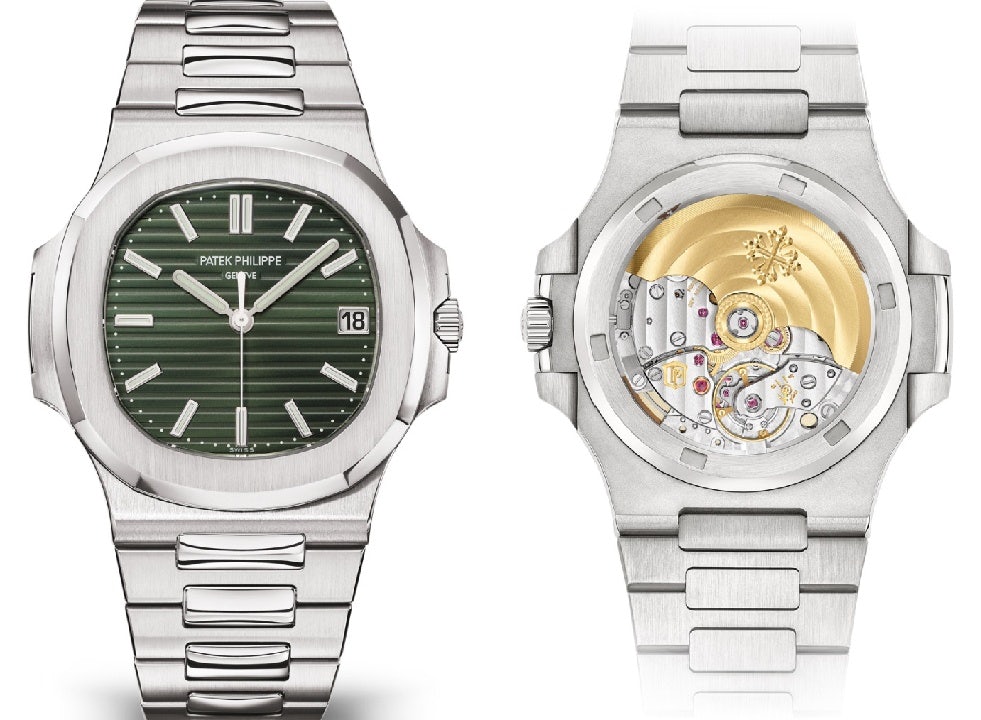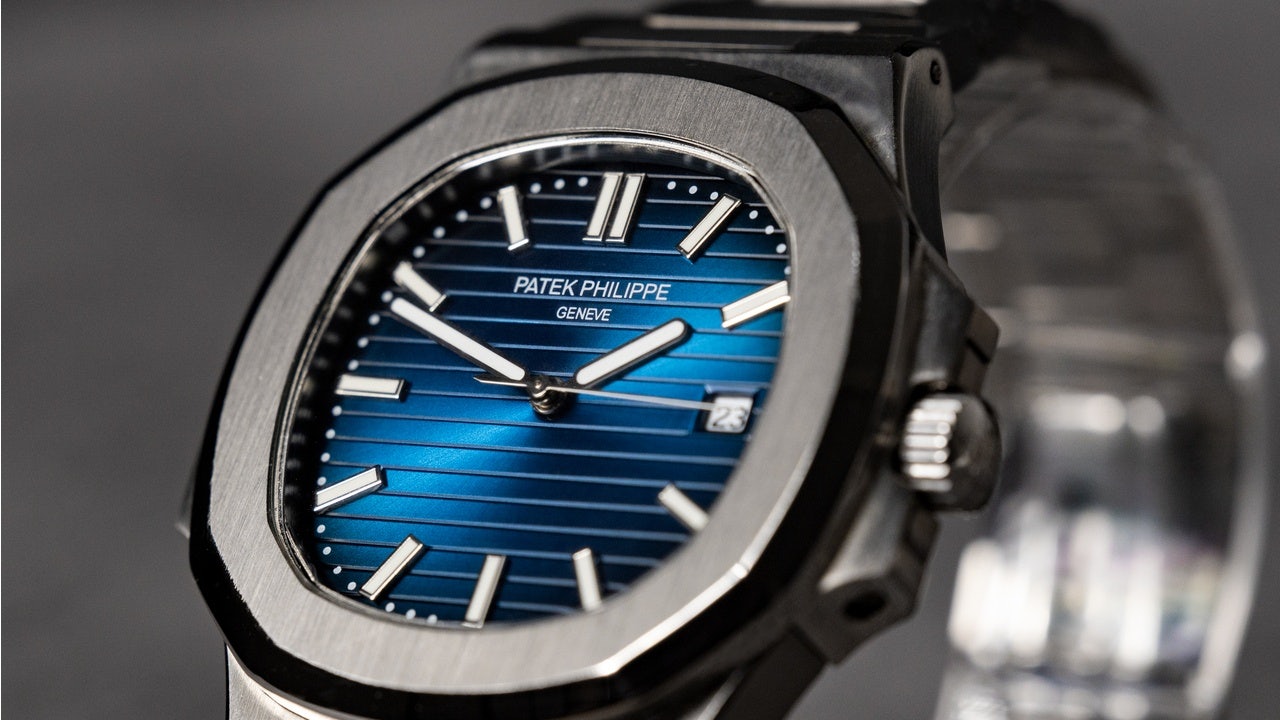Key Takeaways:#
The Nautilus, launched in 1976, was designed by the legendary Gerald Genta, who also imagined the Audemars Piguet Royal Oak, among other iconic watches.
Before the Nautilus watch, steel was seen as a lesser material compared to gold, and steel watches were significantly cheaper than their gold counterparts. The Nautilus changed this.
Currently, prices for a used Nautilus 5711 reach 250,000 — a significant leap from its 33,000 retail price before the discontinuation. This disparity shows how much desire this watch creates.
It is rare for a brand to discontinue its most iconic item, especially when it is the most sought-after one it makes. Patek Philippe, which some people call the Rolls-Royce of watchmaking, is widely seen as the most prestigious watch brand in the world. The Nautilus, launched in 1976, was designed by the legendary Gerald Genta, who also imagined the Audemars Piguet Royal Oak, among other iconic watches.
Both the Royal Oak and the Nautilus reset expectations of what a luxury watch should be. The Nautilus was introduced with an ad campaign claiming that “one of the world’s costliest watches is made of steel.” Before the Nautilus, steel was seen as a lesser material compared to gold, and steel watches were significantly cheaper than their gold counterparts. The Royal Oak — and then the Nautilus at its much higher price point — changed this.
The Nautilus was a hit, so much so that, according to GQ, “Patek’s CEO Thierry Stern was happy about the model’s tremendous sales, [though] it’s clear the piece was never his favorite, and the spotlight it received appeared to almost irritating him." The 5711 base version of the Nautilus, which is also available with complications like moon phases, a GMT function, and an Annual Calendar, has become one of the world's most sought-after luxury watches. Over the decades, Patek has regularly increased prices to moderate its demand.
Waiting times of several years became normal for some models, making the Nautilus even more desirable. Like the Hermès Birkin Bag, prices in the used watch market for some Nautilus models could exceed new watch prices by 10 to 30 percent because, for some enthusiasts, it was the only way to get hold of one. But nothing the watch market has ever seen compares to the recent worldwide craze surrounding the Nautilus since its discontinuation was announced.
Currently, prices for a used Nautilus 5711 reach 250,000, with a sweet spot falling between 100,000 and 150,000 — a significant leap from its 33,000 retail price before the discontinuation. This disparity shows how much desire this watch creates, and its rarity has made the watch significantly more valuable to watch enthusiasts than its retail price suggests. For a product launched more than 40 years ago in its initial form, this non-linear value jump is unprecedented.

The Nautilus is another great example of when a retail price of a luxury item — although seemingly high compared to other brands — is actually far too low. If Patek Philippe chooses to replace the 5711 with a new interpretation of the Nautilus, I would expect the price point to be significantly higher since the current demand indicates that a price correction would reflect the watch value better than the current pricing.
The move to discontinue the most iconic Patek, therefore, could be one of the most clever luxury strategy executions ever. It creates hype around the brand, allows Patek to assess the true value of the product through the secondhand market, and prepares to introduce future watches at potentially higher price points, further confirming Patek’s leadership position in fine luxury watchmaking.
What can other luxury brands learn from Patek Philippe? First, it is important to create icons with unique storytelling. The Nautilus had a defined role in watchmaking history, and therefore, managed to create an intriguing brand story with appeal more than 40 years later. It is critical not to confuse history with value creation. The history of a brand has no value if there is no relevance for today’s customers. Since Patek has updated the Nautilus over the decades and added more complicated versions to the lineup, the brand managed to keep the cultural relevance of the Nautilus while staying true to its values and execution.
Second, when the icon is at its peak, it can be beneficial to replace it with new icons. Most brands would play it safe and keep their iconic item forever, or even launching endless versions of it at different price points. However, Patek Philippe understood that desire also depends on the difficulty of acquiring a product, limiting its reach, and not flooding the market with endless iterations simply to please the masses or sell more. By selling less, a desire was fueled. Then, by discontinuing the model altogether, the hype reached a peak.
Luxury is extreme value creation. Patek Philippe has shown that by carefully managing its brand — being extremely selective in what it does, how it’s distributed, and how the portfolio looks — significant desire is created that lasts beyond the availability of specific products. The brand is a great inspiration for many others that focus too much on short-term thinking, opportunity taking, and quick results. It’s also a great example of long-term brand equity building, brand storytelling, and carefully orchestrated strategy execution.
Daniel Langer is CEO of the luxury, lifestyle and consumer brand strategy firm Équité, and the professor of luxury strategy and extreme value creation at Pepperdine University in Malibu, California. He consults some of the leading luxury brands in the world, is the author of several luxury management books, a global keynote speaker, and holds luxury masterclasses in Europe, the USA, and Asia. Follow @drlanger


